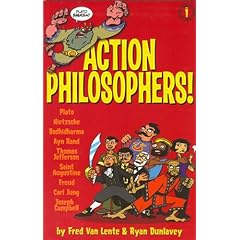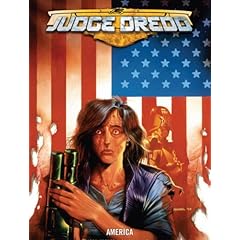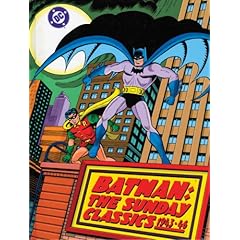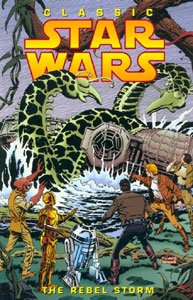
No, wait, forget what I said about America. Right here, this is the reprint book of the year, the book to beat. It completely surpassed my expectations, giving 176 pages of Ronald Searle's gleefully demented, mean-spirited drawings of little hellions murdering each other and passing out drunk. And only a few appear to be teenagers like in the films and the book's cover (she is a recurring character called Angela Menace), for the most part, the gags center around little kids who've transformed the school gym into a torture dungeon, take baths in the Trevi Fountain and catch fairies on flypaper. St. Trinian's was never a recurring strip or panel, and there are probably far fewer of them than readers might think; like Charles Addams' single-panel comics, they would appear as sidebar illustrations in magazines and occasionally readers might recognize some recurring characters or places in them. It's very like The Addams Family, in fact, only done with even more gusto and eye-popping shock. Highly, highly recommended... especially if you're that family of Mike Huckabee supporters across the street from me or that bunch that's afraid of Doctor Who behind me, because you're needing this badly.

In three large books, Rebellion has compiled the entire run of Pat Mills' Nemesis the Warlock. This last volume includes three long-form stories with art by David Roach, John Hicklenton and Henry Flint, along with supplemental art by several others, including Kevin O'Neill, who was working on League of Extraordinary Gentlemen in late 1999 and was pulled away for the series' final episode, and Chris Weston, who contributes a fascinatingly ugly color story about the evil Torquemada's long-suffering wife Candida. This is all great stuff, free from the confusing "time loop" business that made the second book a bit of a head-scratcher, and Rebellion did an excellent job restoring the several color pages and reprinting them along with the black-and-white stuff. It must have been a production nightmare to put this volume together! Nemesis has aged very well, and depicts a "hero" whose contempt for his enemy isn't much like anything else in comics, and I certainly can't name two opponents who are each guilty of murdering the others' children. On the other hand, you don't often get the sense that Torquemada has the upper hand, but underestimating his power, and his hold over the bigotted, hateful, stupid human race depicted here is a mistake that Nemesis makes a time or two. Highly recommended.
(Originally posted April 28, 2008 at hipsterdad's LJ.)














